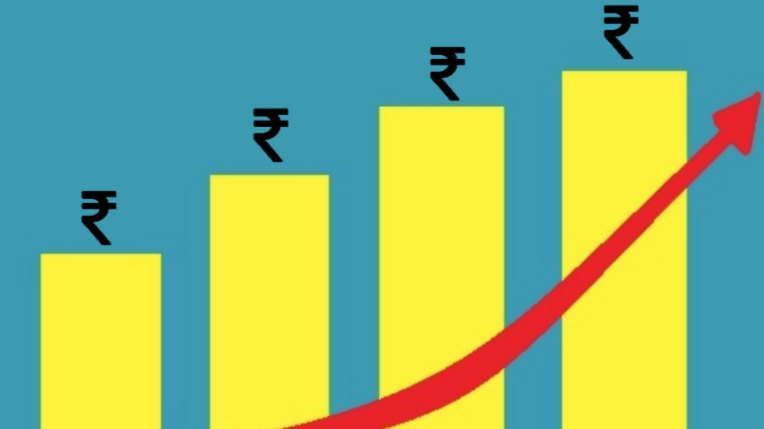SYNOPSIS
In the context of your investments, it is more or less neutral for equities.
As the RBI’s monetary policy committee (MPC) met on Friday, it was generally expected that it would not signal any interest rate change. The reason is that the economy needs the support of low interest rates and it will not cut as inflation may be a concern. To put it in perspective, since the start of the pandemic, the RBI has taken a host of measures to support the weak economy. It has cut interest rates, increased the liquidity available with banks, bought government bonds from the market to support the huge government borrowing and made available certain targeted loans to certain sectors through banks. What more can it possibly do? Well, in continuation of the curative doses delivered earlier, it delivered a booster dose, as follows:
• “The MPC decided to continue with the accommodative stance as long as necessary to revive and sustain growth on a durable basis.” This means it will keep interest rates low as long as required and it is not time-bound when it will change its stance from accommodative (very low interest rates) to neutral.
• “On-tap liquidity window for contact-intensive sectors” i.e. to the window allowed earlier on 5 May for covid-related healthcare infrastructure and services, it has added a separate window for ₹15,000 crore, which banks can avail at the repo rate (currently 4%) and lend to hotels, restaurants, travel agents, etc.
• It announced a resolution framework on 5 May that loans up to ₹25 crore granted to MSMEs (micro, small and medium enterprises) and individuals may be restructured, referred to as resolution framework 2. In this review, the threshold was increased to ₹50 crore i.e. a wider segment of loans have been allowed to be restructured, if required, in view of pandemic-related issues.
Apart from the measures mentioned above, there are certain measures for the bond market:
• There is a government bond purchase programme known as G-SAP 1.0, under which the RBI is purchasing ₹1 trillion from banks in the June quarter to support the bond market, so that interest rates do not move up in spite of the heavy government borrowing. Now, it has announced G-SAP 2.0 for ₹1.2 trillion for the September quarter.
• Banks issuing certificates of deposit (CDs) have been allowed to buy back their CDs prior to maturity: liquidity being in surplus, banks may not require the money raised earlier through CDs, hence they may require this flexibility.
In the context of your investments, it is more or less neutral for equities; there is a small positive for banks and NBFCs as the ambit for loan restructuring has been expanded. For the bond market, it is positive for keeping interest rates low through the G-SAP. This is just one step short of a G-Sec buyback calendar, as the RBI is committing an amount per quarter.
Net-net, what is the takeaway? One, the accommodative stance not being time-bound, we can be rest assured that interest rates will remain benign for some time at least. For all the noise about inflation globally and in India, at least for the next few months, inflation will remain within manageable proportions. There is a positive base effect, which means last year at the same time, inflation was high, hence this year it will be that much lower on a relative basis. Crop production has been good and a normal monsoon has been predicted. In these trying times, when growth is a challenge, the RBI is justified in “looking through” inflation and keeping interest rates low. In this review, for FY22, the MPC has projected CPI inflation at 5.1%, which we can very much live with.
The big issue now is GDP growth. This year, we have a positive base effect, since growth in FY21 was -7.3%. Hence, as per the data that will be declared in due course, GDP growth will look good. However, in view of the second wave, all the agencies are revising their projections for FY22 downward. The projections are still in high single digit as the second wave is waning and lockdown has not been nationwide. The RBI has revised its GDP growth forecast for FY22 down by 1%, from 10.5% earlier to 9.5%. Not a big impact on growth from the perspective of the RBI’s projections.
Source: https://www.livemint.com/money/personal-finance/rbi-delivers-a-booster-dose-in-policy-review-11623011044625.html


